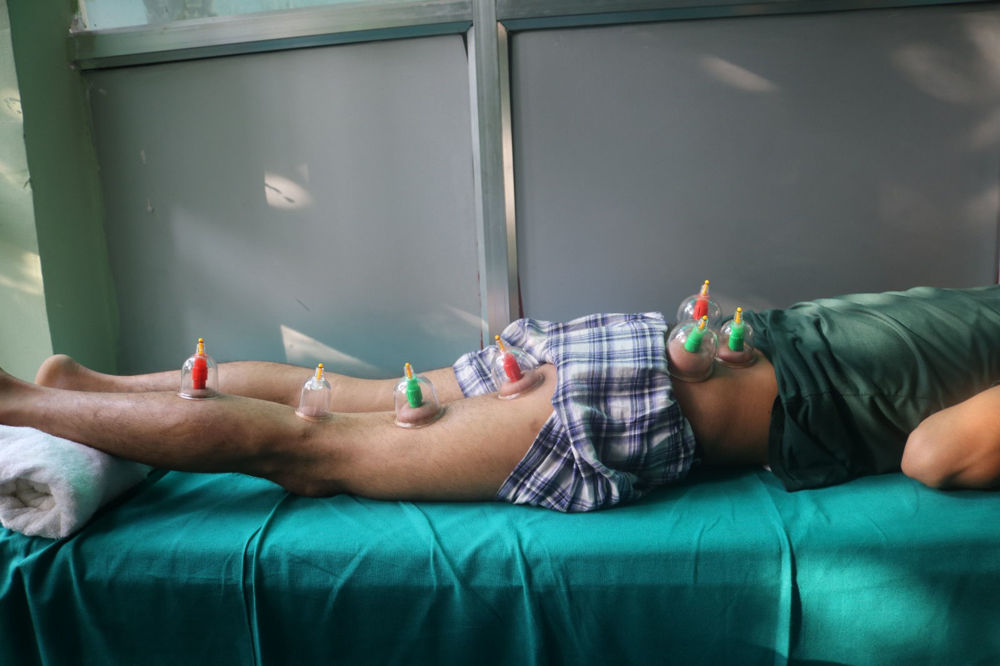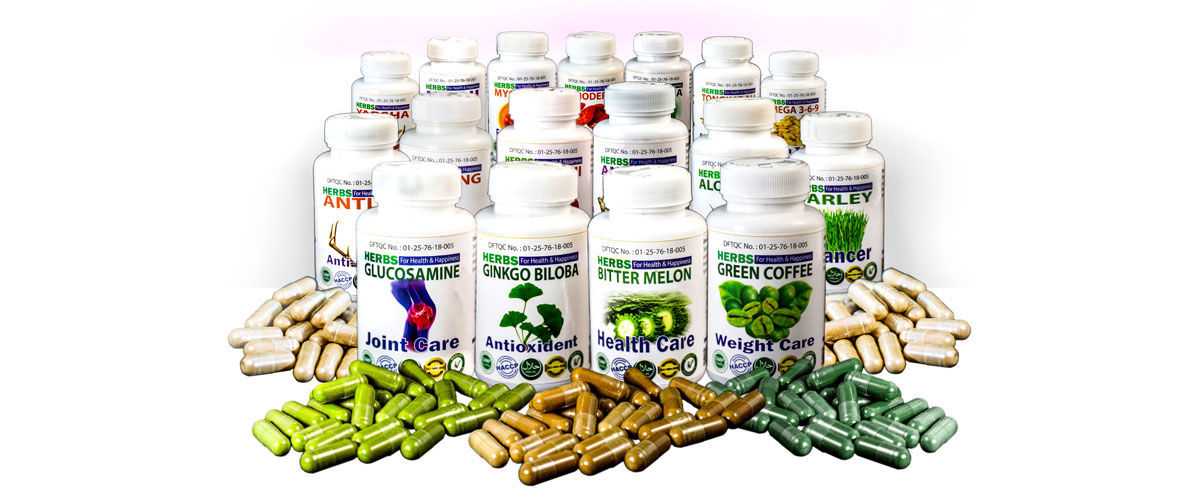Physiotherapy
Physiotherapy
Physiotherapy helps restore movement and function when someone is affected by injury, illness or disability. Physios use their knowledge and skills to improve a range of conditions associated with different systems of the body, such as : a. Neurological (stroke, multiple sclerosis, Parkinson's) b. Neuromusculoskeletal (back pain, whiplash associated disorder, sports injuries, arthritis) c. Cardiovascular (chronic heart disease, rehabilitation after heart attack) d. Respiratory (asthma, chronic obstructive pulmonary disease, cystic fibrosis).
Goal : To restore function to the greatest degree in the shortest time, helping people return to their function with minimal risk of re-injury.
- Active/passive Exercise cause vasodilation : After a stroke is over, its survivor is not in the clear. A stroke leads to neurological damage that affects the motor system, making limbs weak and limiting movements. It can also affect sensory input to the brain, which can impair speech, vision, touch, and more. Fortunately, stroke survivors can regain movement and prevent further complications through both passive and active rehabilitation exercises. Each type of exercise serves different and important purposes for stroke patients.
Benifit : increase range of motion. 5fnfsf] g;fx?nfO{ ;lqmo u5{ . muscles nfO{ :jf:Yo /fVg d2t u5{ . Increacses blood circulation z/L/sf] hf]8\gLsf] df;s'sf] zlQm a9fpF5 . prevent degenerative diseases like arthritis b'vfOaf6 arfpF5 .
- Transcutaneous Electrical Nerve Stimulation (TENS) : Transcutaneous electrical nerve stimulation (TENS or TNS) is the use of electric current produced by a device to stimulate the nerves for therapeutic purposes. Generally TENS is applied at high frequency (>50 Hz) with an intensity below motor contraction (sensory intensity) or low frequency (<10 Hz) with an intensity that produces motor contraction.[2] While the use of TENS has proved effective in clinical studies, there is controversy over which conditions the device should be used to treat.
Benifit : Pain Relief : Increase Vosodilation b'vfO sd u5{ . /ut;~rf/a9fpF5 . used for arthritis, LBP, muscle strain hf]gL{sf] b'vfO sd u5{ . sd/ b'vfO sd u5{ .
- Ultrasound Therapy (UST) : Ultrasound (US) is a form of mechanical energy (not electrical), and therefore, strictly speaking, not really electrotherapy at all, but does fall into the Electro Physical Agents grouping. Mechanical vibration at increasing frequencies is known as sound energy. The normal human sound range is from 16 Hz to something approaching 15-20,000 Hz (in children and young adults). Beyond this upper limit, the mechanical vibration is known as ultrasound. The frequencies used in therapy are typically between 1.0 and 3.0 MHz (1 MHz = 1 million cycles per second).
Benifit : Reduce. inc. circulation, mobiltity of soft tissues. reducefo of inflammation swelling. Promote injury healing.
3fpsf] b'mvfO sd ug'{sf] ;fy} chealing klg a9fpF5 .
- Short wave Diathermy (SWD) : Short Wave Diathermy (SWD) is a treatment that uses electromagnetic energy to produce deep heating in joints and soft tissues. This form of heat can be applied to deeper structures than other forms of heat treatment.
- Traction : Traction, or tractive force, is the force used to generate motion between a body and a tangential surface, through the use of dry friction, though the use of shear force of the surface is also commonly used.
- Muscle stimulator (MS) : Electrical muscle stimulators, also known as E-Stim, or EMS devices are devices that send electrical impulses to your muscles to promote muscle contractions. Specifically NeuroMuscular Electrical Stimulation (NMES) causes Type 1 (slow-twitch) & Type 2 (fast-twitch) muscle fibers to contract, and at different Hz levels can provide a number of benefits to both performance and recovery.
- Cupping : Cupping therapy is an ancient form of alternative medicine in which a therapist puts special cups on your skin for a few minutes to create suction. People get it for many purposes, including to help with pain, inflammation, blood flow, relaxation and well-being, and as a type of deep-tissue massage.
- Inlra Red Therapy (IRT) : Infrared, sometimes called infrared light, is electromagnetic radiation with wavelengths longer than those of visible light. It is therefore generally invisible to the human eye, although IR at wavelengths up to 1050 nanometers s from specially pulsed lasers can be seen by humans under certain conditions
- Moist heat Therapy (MHT) : Moist heat—also called superficial heat—is a physical therapy modality used to control pain, speed healing, relax muscles, and increase range of motion. In a moist heat treatment, a hot pack is placed on the tight or painful area and left there for about 10 or 15 minutes.
Gallery



